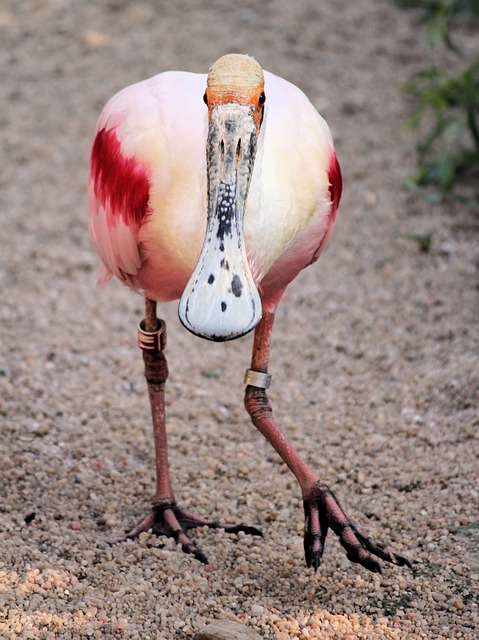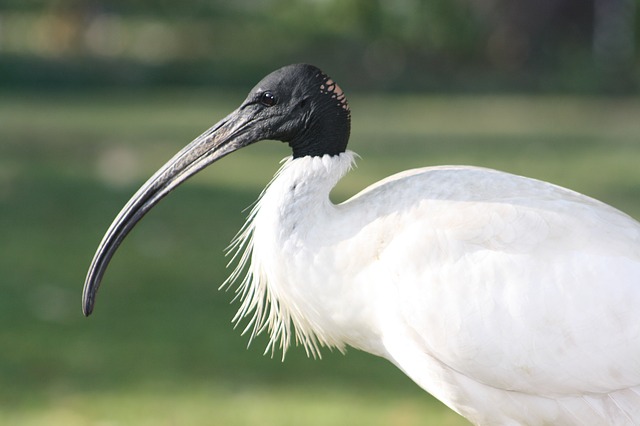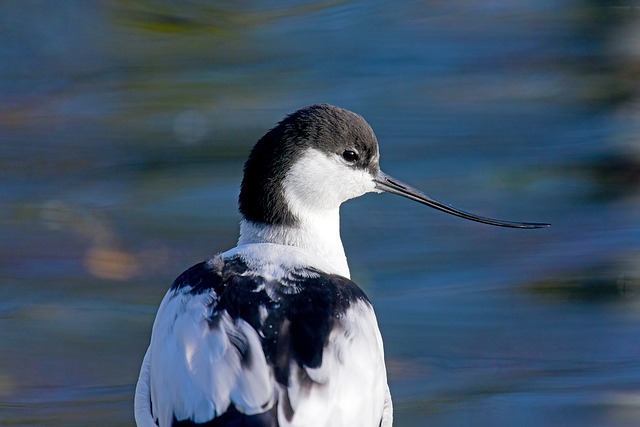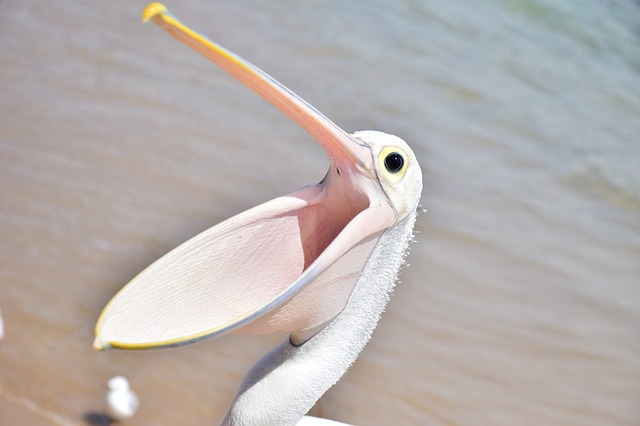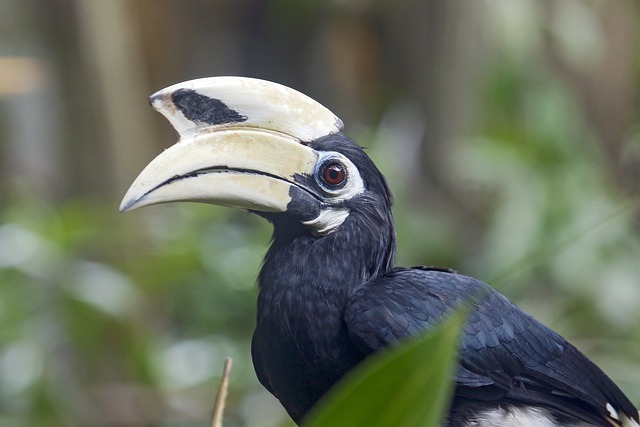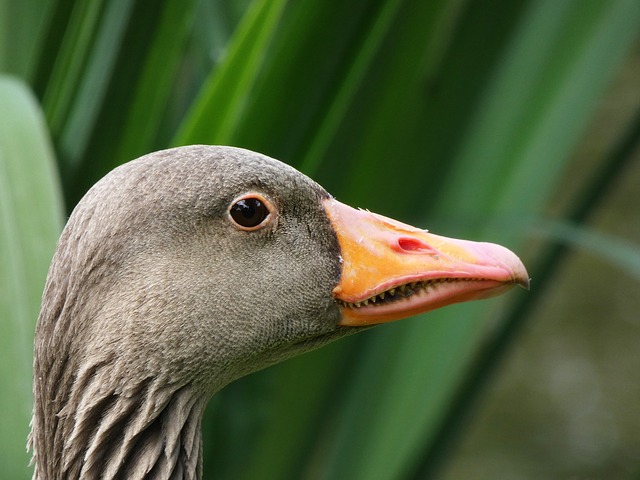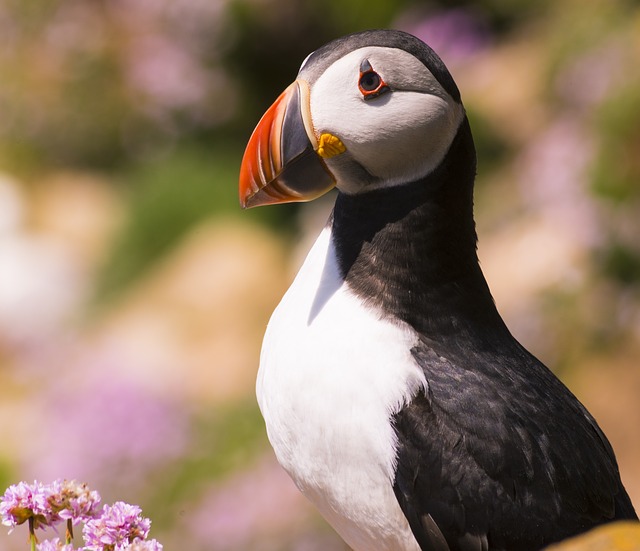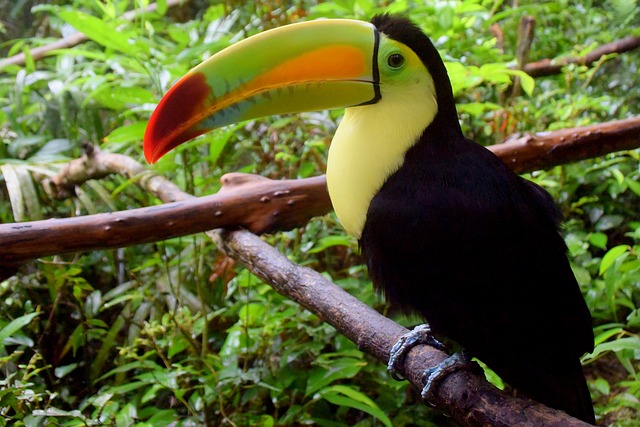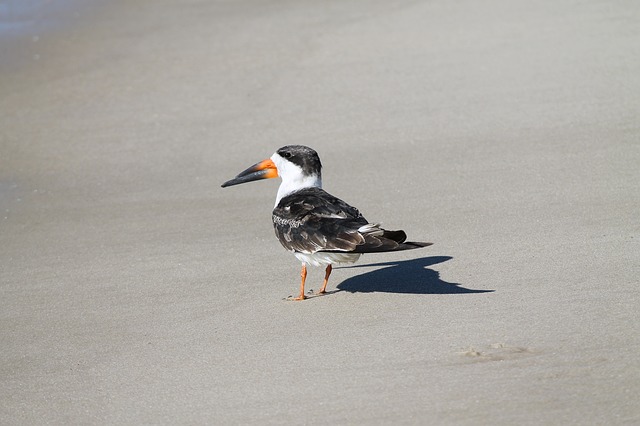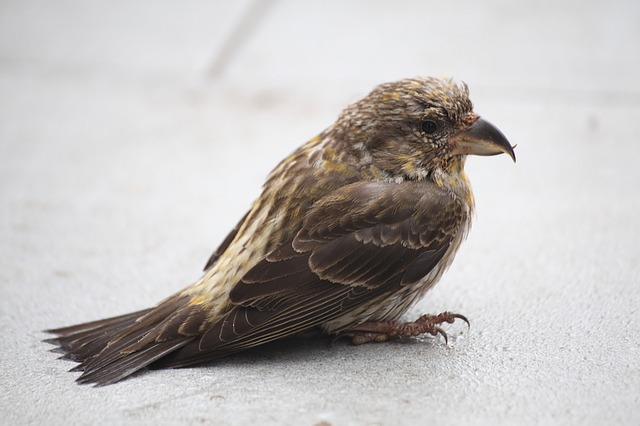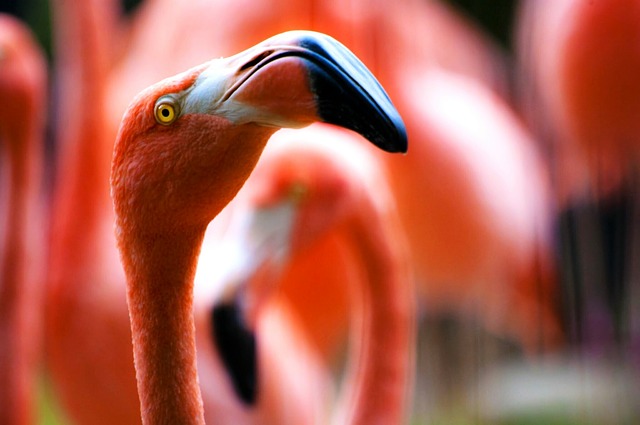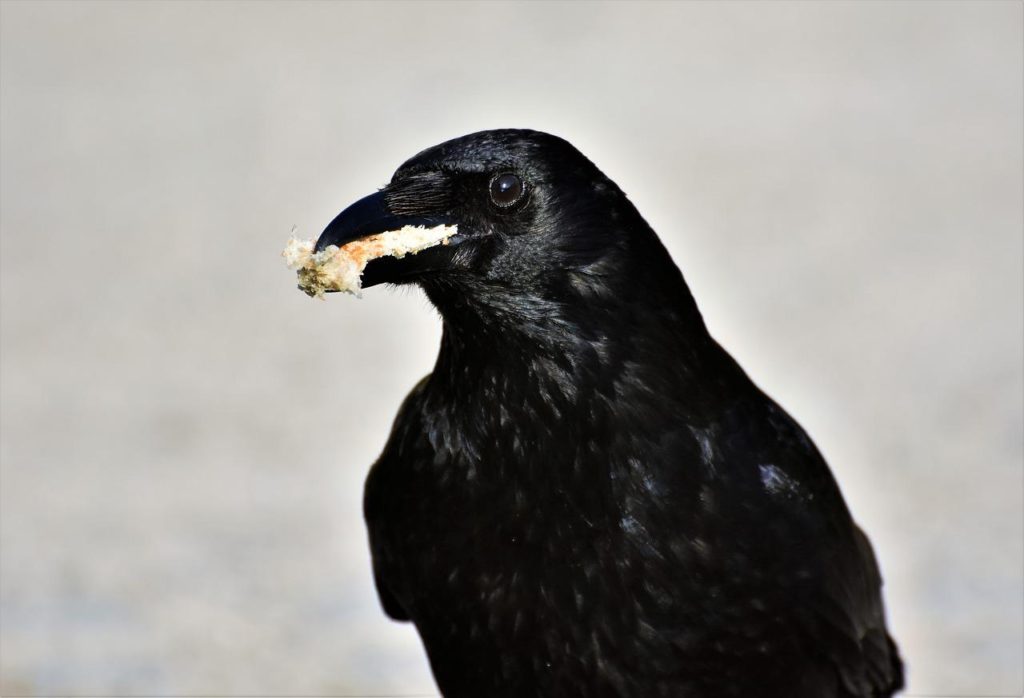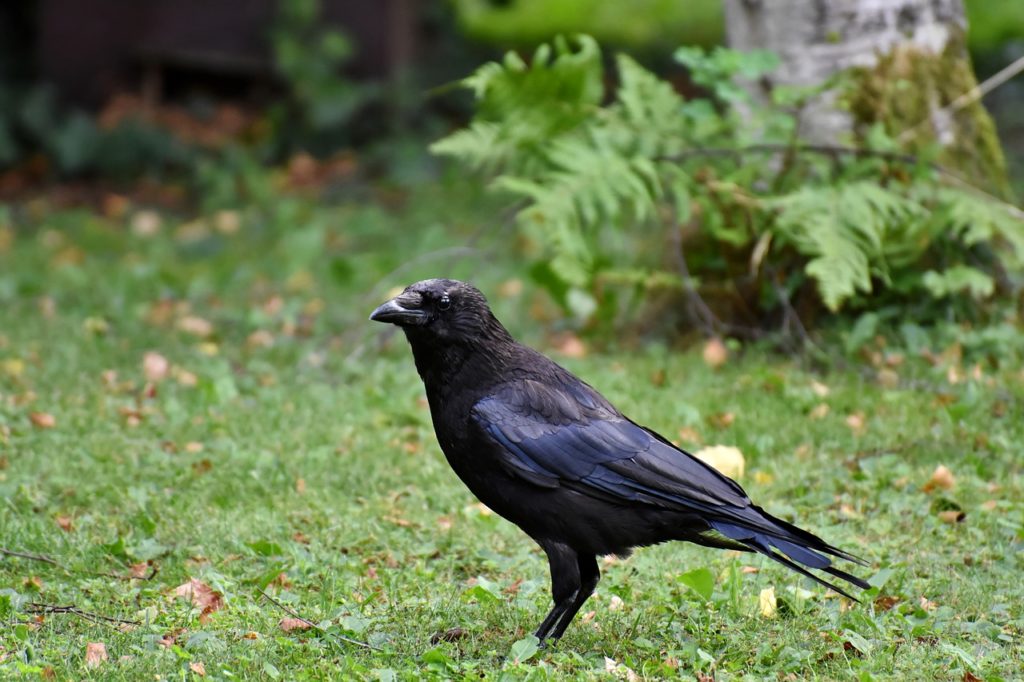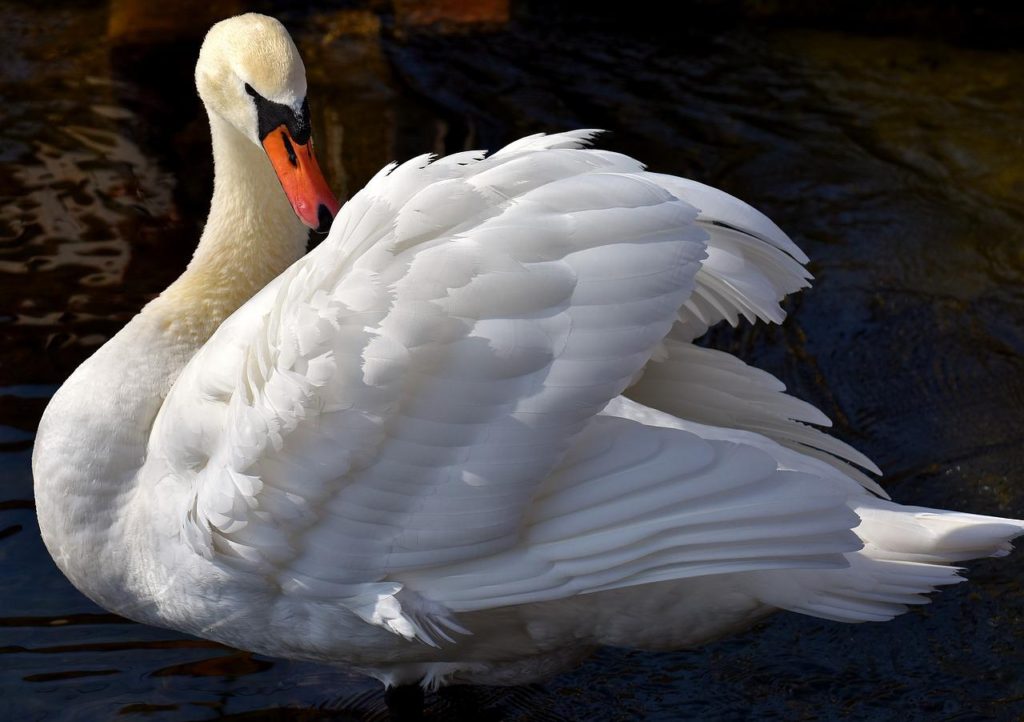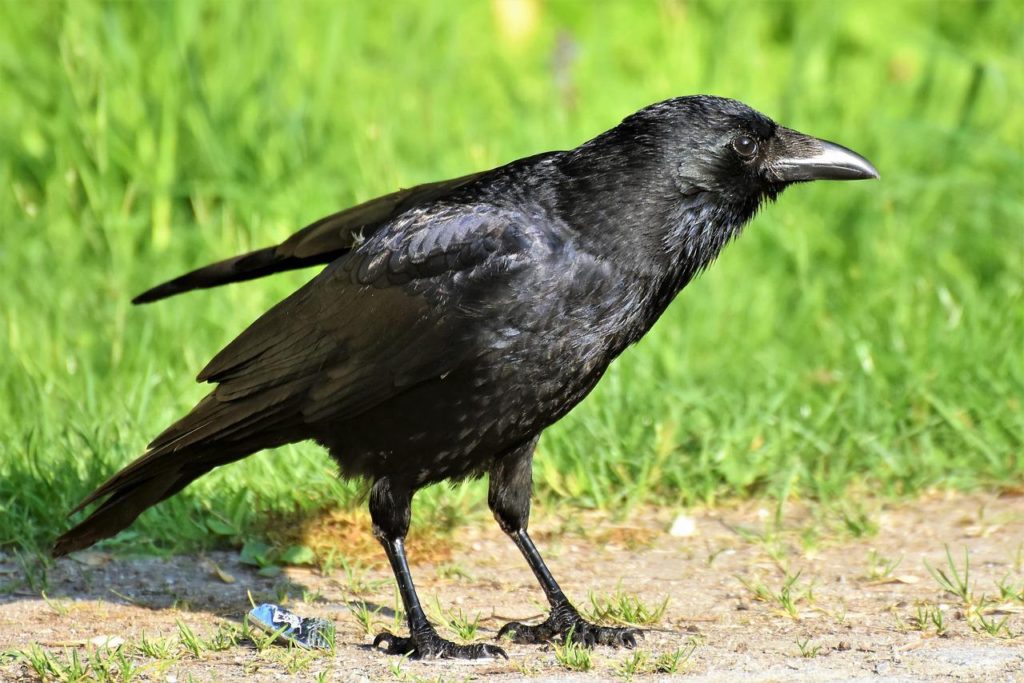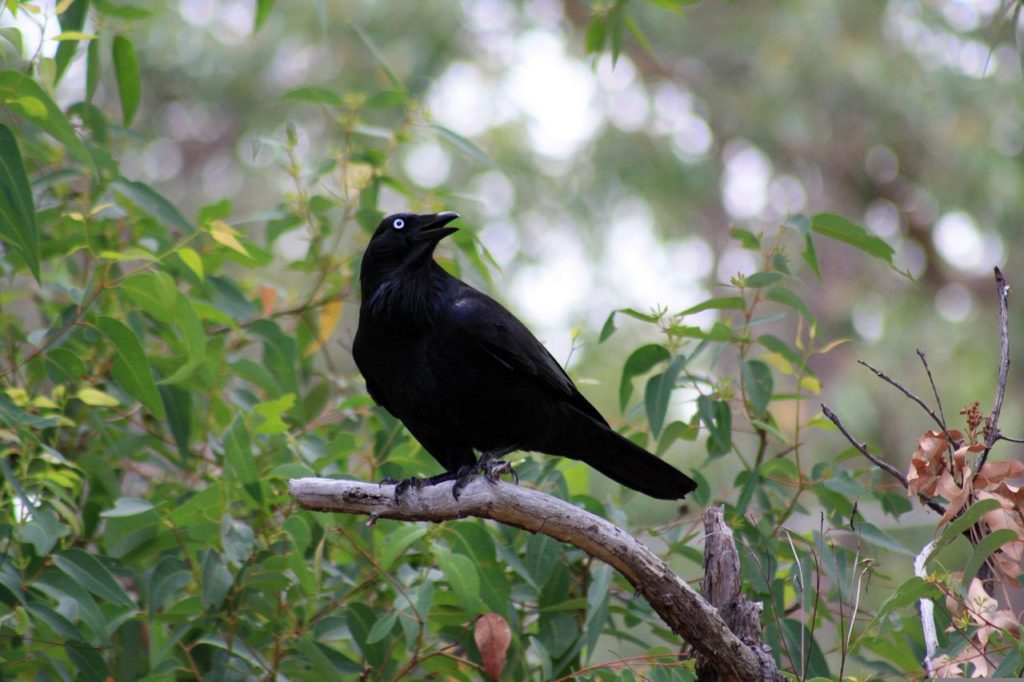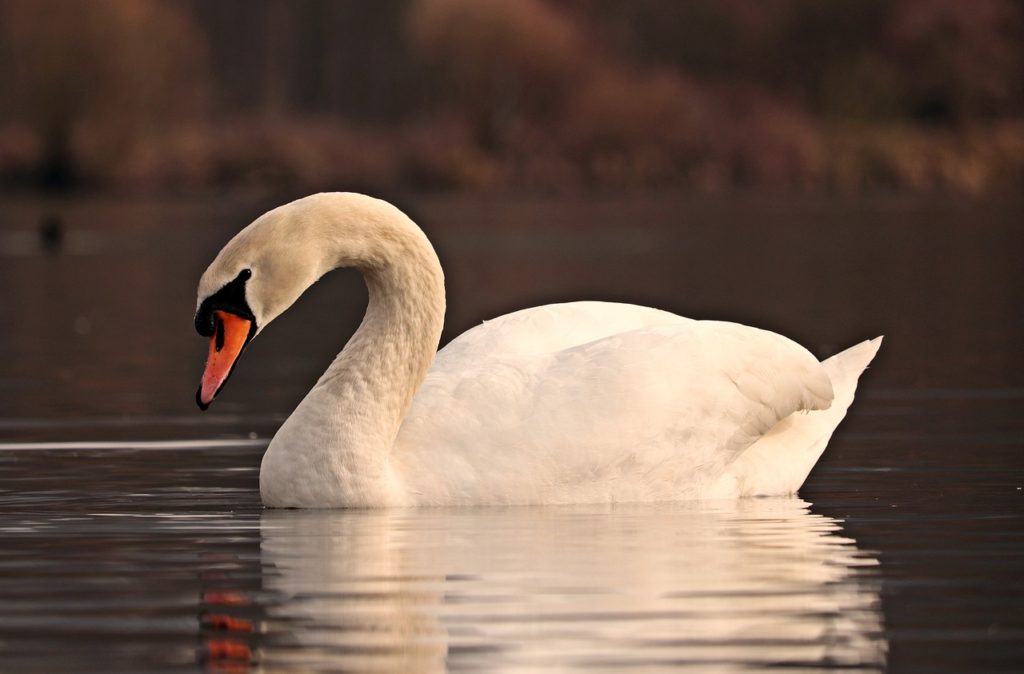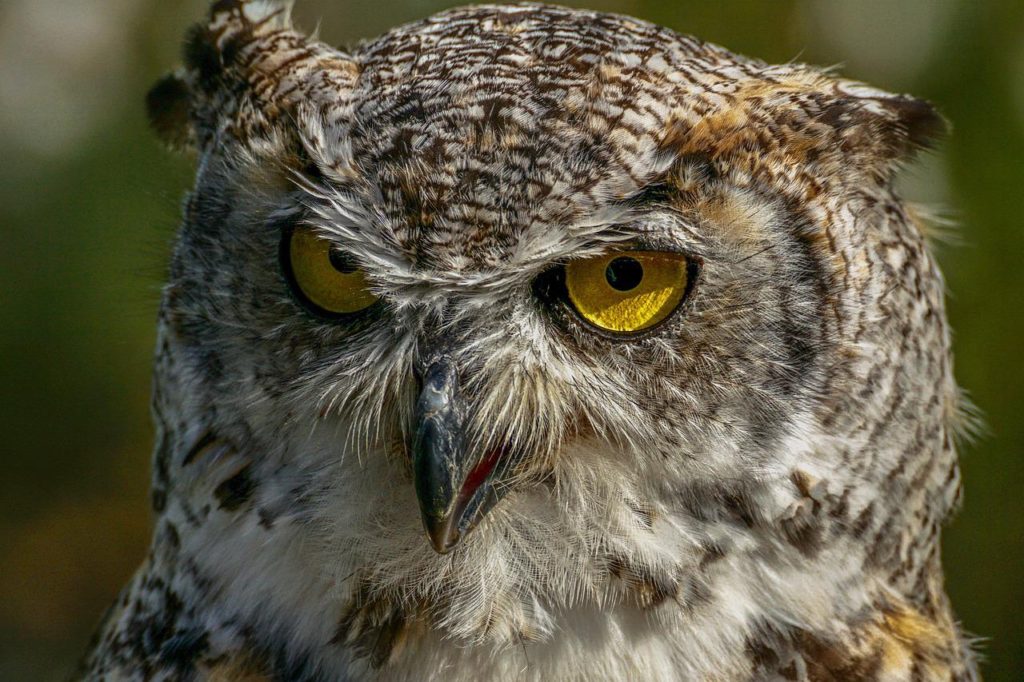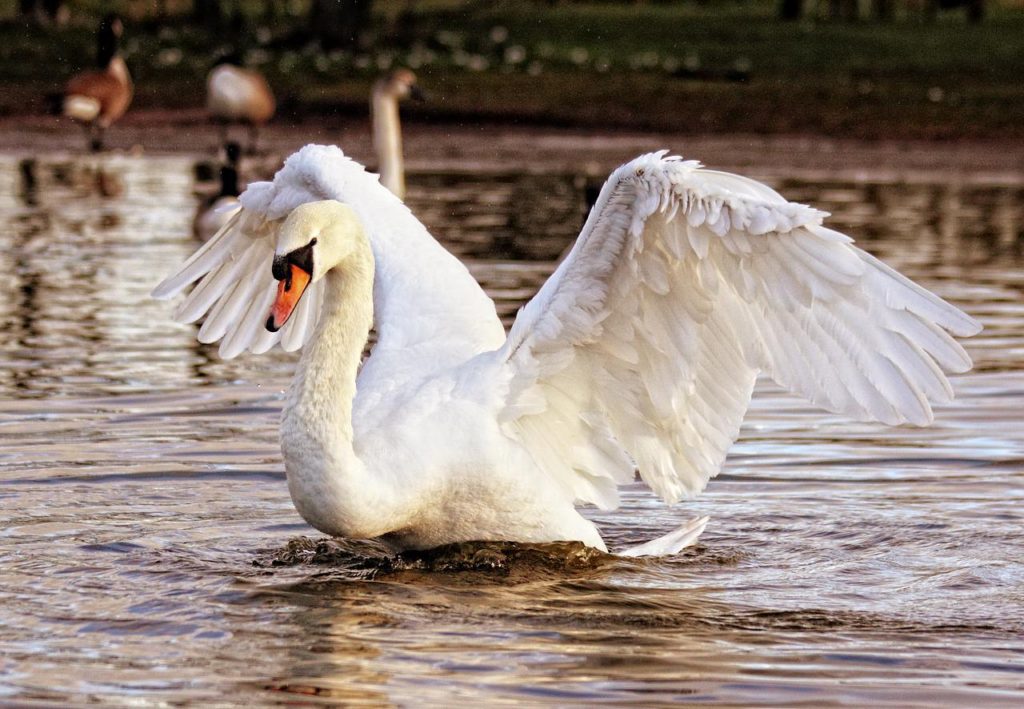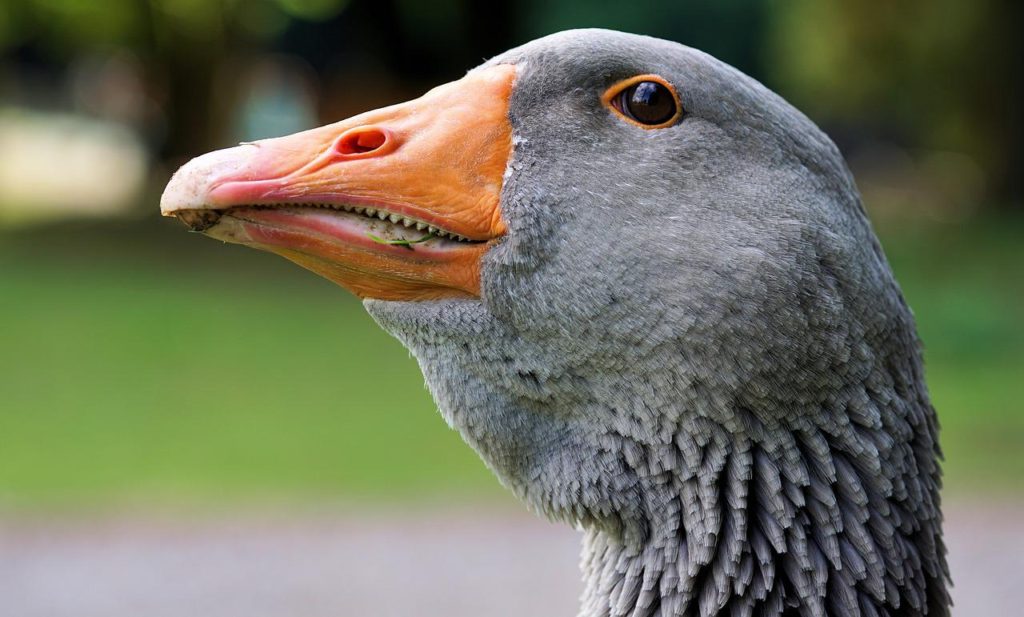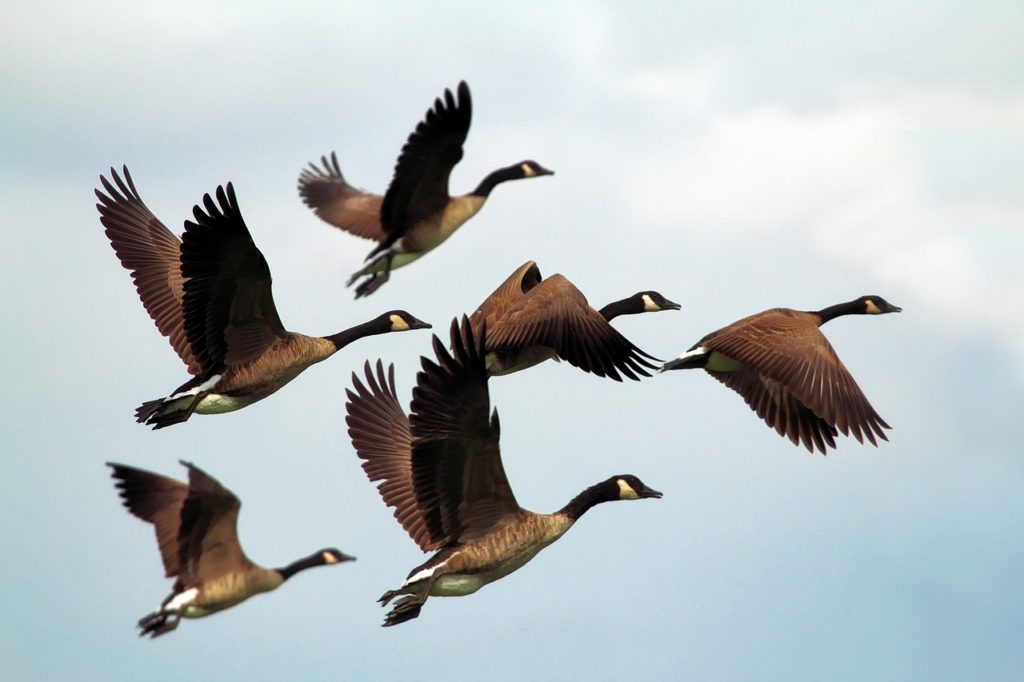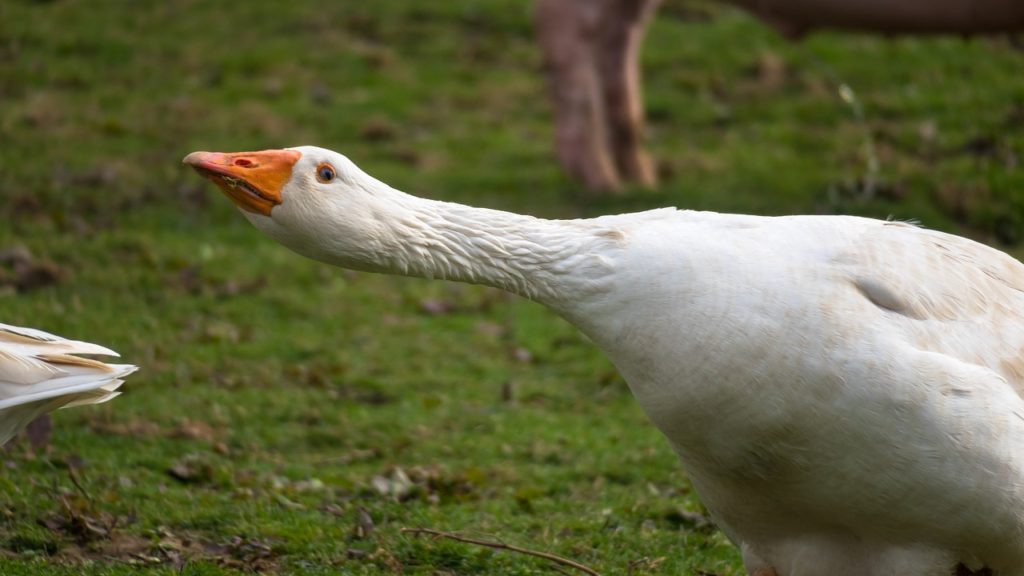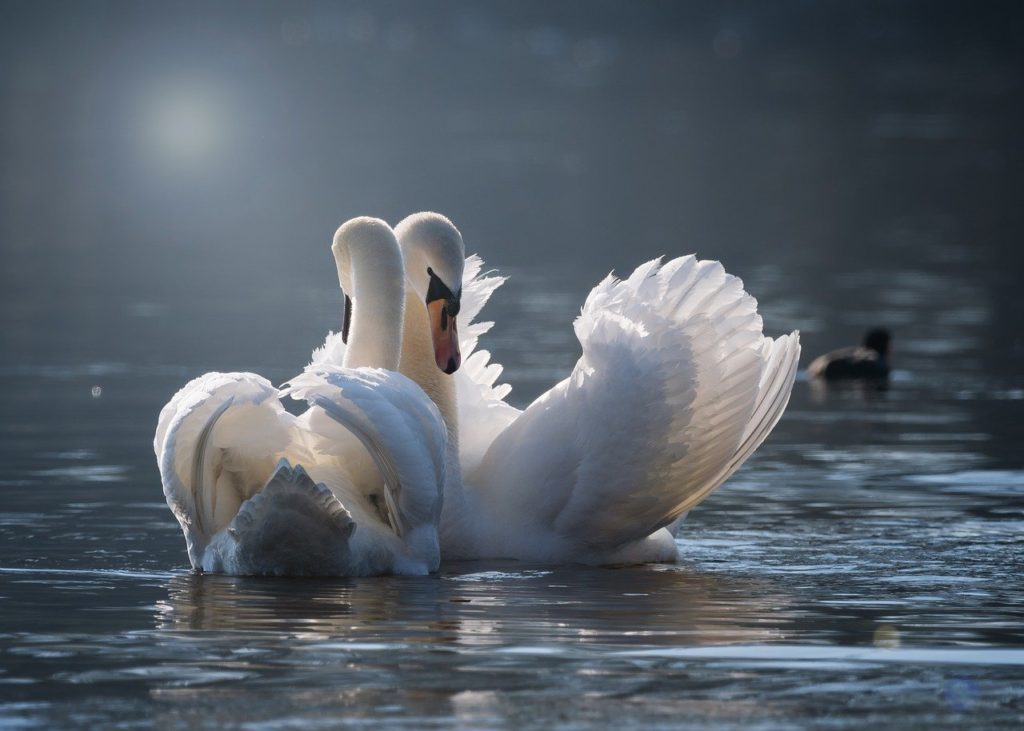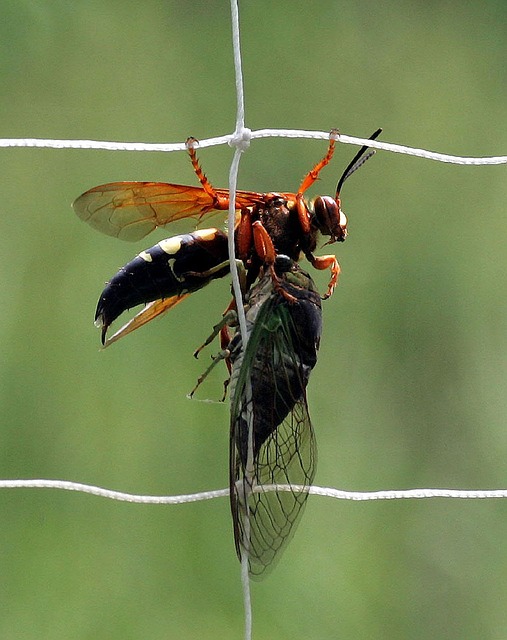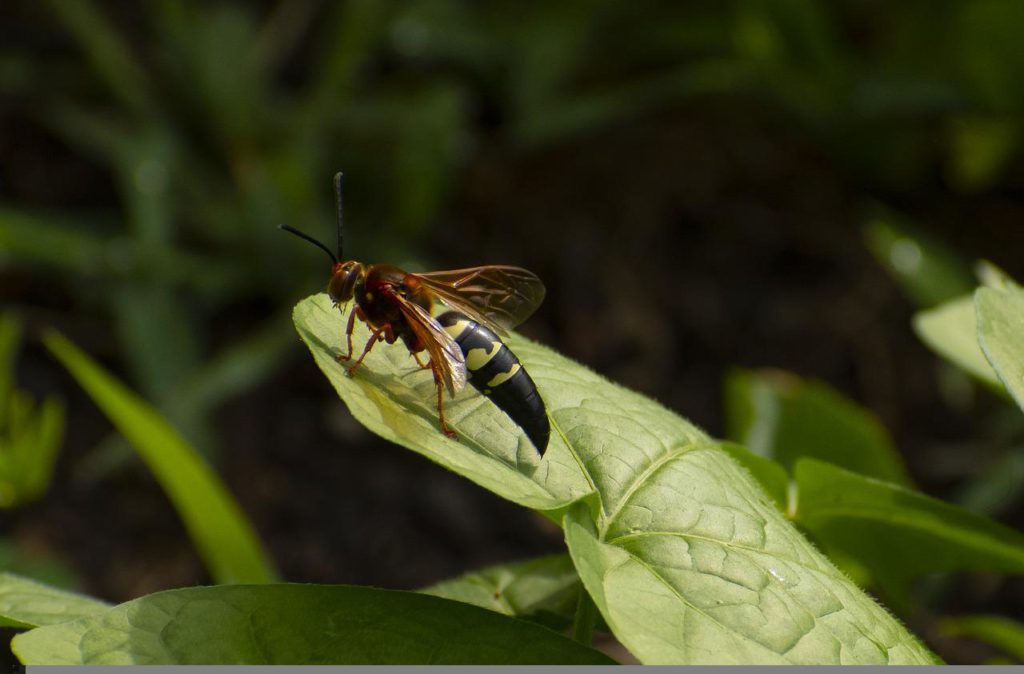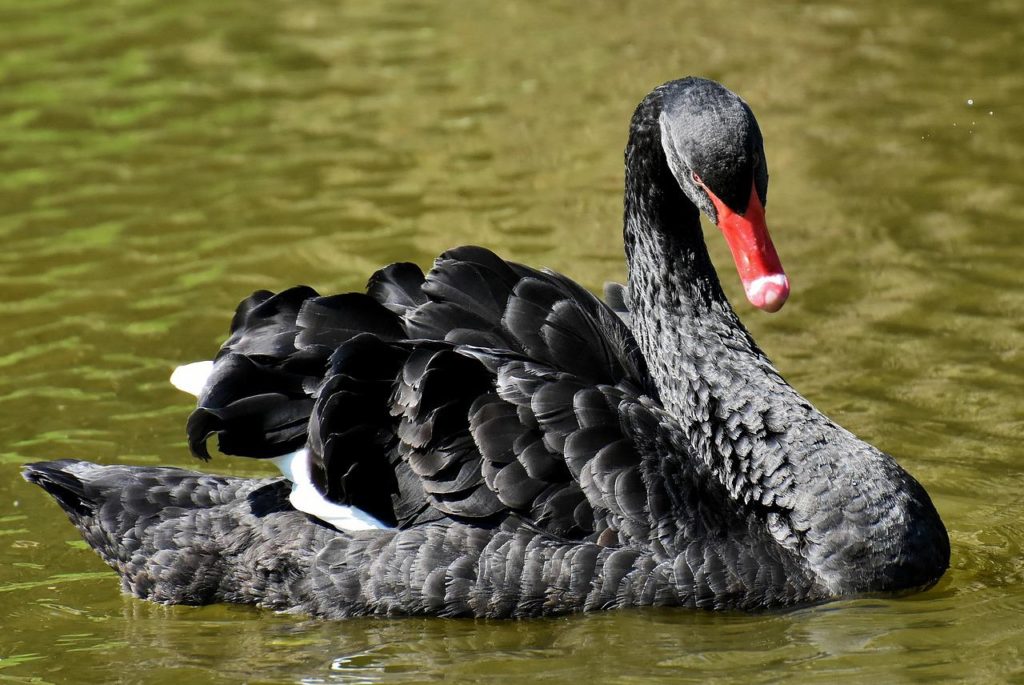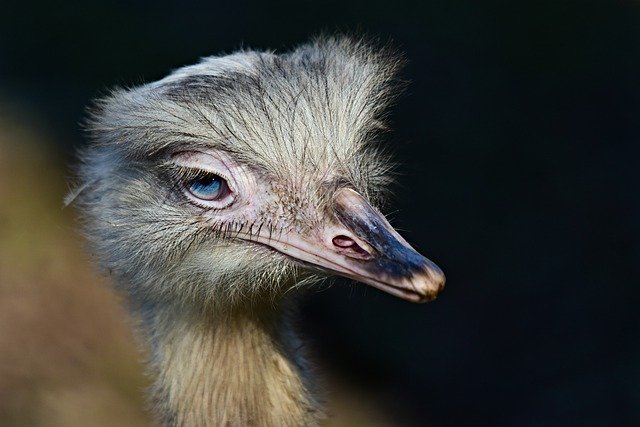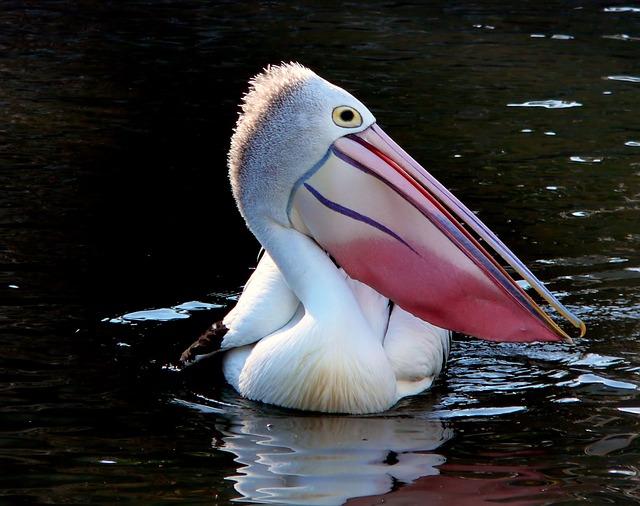
Birds with strange beaks can look totally bizarre. However those weird looking beaks are actually highly specialized tools. So here are some of the birds with the strangest beaks of all, along with what you’ll want to know about them.
Spoonbill
Spoonbills are wading birds which have large flat beaks with broad rounded ends that are similar in appearance to a spoon. These weird-looking beaks are used to catch food by touch. Spoonbills move their beaks from left to right under the water and as soon as they touch a small fish, crustacean, or insect they close it on their meal.
Ibis
Ibises feed on both land and water. And their long thin downward curving beak allows them to probe for insects and crustaceans. Because their nostrils are located at the base of their beak, instead of the tip, they can actually breathe while their beak is under the water or mud.
Avocet
Avocets are small shorebirds that include four species. Their strange looking beaks curve upwards. And they use them to catch insects and other small aquatic creatures by sweeping them from side to side in the water.
Pelican
Pelicans have a large pouch of naked skin that is attached to the lower half of their beak. They are one of the only bird species in the world with a pouch. They use their beaks to scoop up fish just like a net. Pelicans can also keep themselves cool when it gets hot by opening their beak and flapping their pouch.
Hornbill
Hornbills are a family of birds with strange beaks. Many species have a horn-like projection called a casque, on top of their beak. While for some species the casque is believed to only function as support for the beak, in others it is used to help amplify their calls. Others like the helmeted hornbill use it as a battering ram during aerial jousts with rivals.
Greylag Goose
The serrations on the beaks of greylag geese may be scary looking but they aren’t something to be feared. The geese use these serrations to help them cut grass, which is one of their favorite foods. You can sometimes even spot greylags eating it in pastures right alongside the cows.
Puffin
Puffins are small birds with short wings that belong to the auk family. They are sometimes mistaken for penguins. There are three species, all of which have large beaks. Their beaks actually become thicker and more colorful during the breeding season which helps them to attract mates.
Toucan
The toucan is a bird with a strange beak that can also be quite colorful depending on the species. Their beaks are large and long. They are also serrated to help toucans eat fruit. And because their beaks are lightweight yet long it allows the birds to get close enough to grab fruit by perching even on very thin branches.
Black Skimmer
Black skimmers are tern-like seabirds. And they are the only bird on the planet that has a lower beak that is longer than their upper beak. Black skimmers fly above the water and use their long lower beak to skim the surface for food such as small fish, which they catch by touch.
Crossbill
Crossbills are small birds in the finch family. Unlike most other birds, the tips of their upper and lower beak are crossed. And this is of course how they got their name. This special beak allows the crossbill to extract seeds from the cones of conifer trees to feed on.
Flamingo
Flamingos are probably the most recognizable pink birds in the world. However, while they are well-known for their pink color many people overlook the fact that they are also birds with strange beaks. The flamingo feeds on plankton and other small organisms.
Its unique beak is bent downward and allows the flamingo to stick its head into the water and suck in water and mud. The briny plates inside the beak, known as lamellae, filter out and catch food while the mud and water are expelled from the sides of the beak.
Start Shopping for Birding Supplies!
What Do Crows Eat?
With roughly 40 different species, crows are a common sight in most places around the world. And while most of us are familiar with their appearance and harsh vocalizations, their diet is not as obvious. So what do crows eat? Here's what you'll want to know. What Do...
What Are Crows Good For?
Crows are widely considered to be pests. However, these large and highly intelligent black birds actually serve quite a few important functions in the environment. So what are crows good for? Here's what you'll want to know. Pest And Parasite Management Crows are...
How Long Do Swans Live?
Swans are graceful and beautiful creatures and as such, people have many questions about them. They want to know about their mating rituals, their diet, their preferred habitats, and even their lifespans. How long do swans live for anyway? Swan lifespans actually vary...
Are Crows Good Pets?
People all around the world see and hear crows on a daily basis. Although these intelligent and dark birds are practically ubiquitous, most people don't think of them as being household pets. Are crows good pets? The general consensus is that crows do not make...
Are There Crows In Australia?
Crows are remarkably smart birds that also happen to be extremely adaptable. They navigate unfamiliar circumstances via observation and interaction. Crows reside in locations all over the globe. While they do not live in certain parts of South America, they do reside...
What Do Swans Eat?
Swans are famously long-necked birds that are symbols of romance, love, beauty, and purity. Since these waterbirds have so many admirers, people often wonder about their eating habits, behaviors, and more. What do swans eat, anyway? Swan Basics Swans typically live in...
Birds That Look Like Owls
Owls are typically solitary and mainly nocturnal birds. And although these well-known hooting creatures have a rather distinctive physical appearance, there are actually various other kinds of birds that resemble owls closely. And people sometimes mix them up. So...
Why Are Swans Protected?
Swans are graceful and gorgeous creatures. They also happen to have protection in the United Kingdom, interestingly enough. Why are swans protected there, anyway? And does the Queen own all the swans? Yes, she actually owns any mute swans that are unclaimed in both...
Birds With Teeth
Birds do not have teeth. However, there are quite a few that really look like they do! These birds have evolved special beaks which help them to perform important functions. So here are some of the most amazing birds with “teeth,” and what you’ll want to know about...
Do Geese Fly?
Although geese are clearly birds, there are many individuals who do not necessarily associate them with flying. So, do geese fly? The honest answer is that these waterfowl do. They do not exactly slouch in the flying department, either. Many people are pleasantly...
Are Geese Dangerous?
Geese, in brief, are waterbirds that are quite substantial in size. Since they're often spotted on golf courses, at schools, and in community parks, people understandably tend to wonder whether they're safety threats. Are geese dangerous? Why Geese Attack...
Do Swans Mate For Life?
Swans are famously elegant waterbirds that are known for their sizable bodies, webbed feet, and lengthy necks. People often associate them with romantic imagery and monogamy. Do swans mate for life? You can find the response to that common and rather fascinating...
When Do Cicada Killers Come Out?
Whether you dread them each year or are waiting for them to emerge and control the cicada population you may be wondering, “When do cicada killers come out? The answer is they come out each summer in late June or July. Here’s what you’ll want to know. Cicada Killer...
Are Cicada Killers Dangerous?
One look at one of these huge wasps buzzing around, your yard, and it’s only natural to ask, “Are cicada killers dangerous?” Fortunately, these wasps are mild-mannered. But here’s what you’ll want to know. Cicada Killer Wasps Basics Cicada killers emerge from the...
What Are Black Swans?
What are black swans? Black swans (Cygnus atratus) are sizable waterbirds. This species primarily appears in Australia's southwestern and southeastern portions. The black swan is nomadic in its homeland. This bird, true to its name, is mostly black. Although the bird...
What Do Cicada Killers Eat When There Are No Cicadas?
What do cicada killers eat when there are no cicadas? Well, while cicada killer wasps do hunt cicadas, the adults don’t actually eat them or kill them, their young do. Read on to learn more! The Cicada Killer Diet While you may have seen cicada killer wasps flying...
Do Cicada Killer Wasps Sting?
As one of the biggest species of wasp in North America the cicada killer wasp can be intimidating. And because of their size, appearance, and scary-sounding name, many people wonder, “Do cicada killer wasps sting? The answer is yes and no, and here’s what you’ll want...
Emu Facts
Did you know? One emu egg can make an omelet that can feed up to six adults. Did you know that the emu is the only bird with calf muscles? Can an emu walk backward? Let us find out by exploring some of the most jaw-dropping emu facts. Emus Have Amazingly Powerful Legs...
Rhea Facts
Doting dads, did you know the male rhea builds the nest, incubates the eggs, and takes care of the young? The rheas are paragons of parental care. It’s a bird like no other, and you will be surprised by the following rhea facts. Rheas Are One Of The Best Dads In The...
